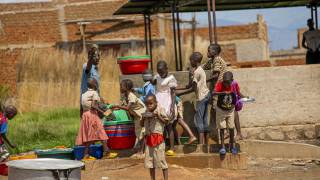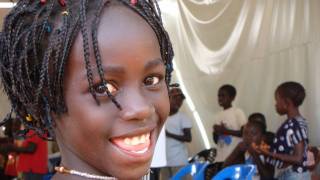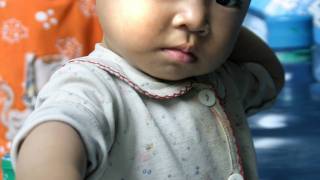Oregon and Nigerian Parents Share Similar Vaccination Rates for Different Reasons

New reports are indicating that both Oregon and the country of Nigeria are experiencing similar negative vaccination trends.
Which could lead to extensive infectious disease outbreaks.
According to the Centers for Disease Control and Prevention (CDC) and the World Health Organization (WHO) achieving 95 percent immunization density will produce ‘herd-immunity’.
The herd-immunity concept is based on a simple premise, which is keeping yourself, family and community healthy from vaccine-preventable diseases.
Germs and viruses can travel quickly through any community. But, when enough people are vaccinated, the germs can’t travel as easily from person to person.
Which means, the entire community is better protected from infectious diseases.
But, new vaccine exemption data regarding school-age children from the Oregon Health Authority (OHA) indicates Oregon will not achieve ‘herd-immunity’ soon.
According to the OHA, for the 2018 Fall academic year, 7.5 percent of Oregon kindergarten-aged students submitted non-medical vaccination exemption forms.
This means a student did not receive at least 1 of the state's required immunizations.
This new data indicates Oregon has experienced a significant reversal in vaccination rates in just 3 years.
In 2015, a new Oregon law clarifying the vaccine exemption process was implemented, and the vaccine exemption rate quickly dropped to 5.8 percent.
Since 2015, vaccination exemptions have increased by 29 percent for incoming kindergarten students.
For a national perspective, the average for non-medical vaccine exemptions in 2016 was 2.25 percent, reports the CDC.
Oregon requires students to be vaccinated against diseases such as diphtheria, tetanus, pertussis, polio, chickenpox, measles, mumps, rubella and hepatitis.
Stacy de Assis Matthews, the School Immunization Coordinator at the PHA, said: “In schools where there are a large number of non-vaccinated students, it’s possible for diseases like measles and whooping cough to become outbreaks.”
“We’re especially worried that a case of a vaccine-preventable disease could affect somebody who is medically unable to be immunized,” said Matthews.
Vaccine hesitancy is not a new phenomenon around the world.
Since vaccines were first introduced, there has been a subset of the population opposed to them for a variety of reasons.
In a recent study led by Dr. Paul Delamater, Assistant Professor at the University of North Carolina suggests that vaccine refusal is a self-reinforcing process.
“This means, when more people refuse vaccination in a region, the more socially acceptable refusals become,” said Dr. Delamater.
Separately, according to previous reporting by Time, the best school-by-school vaccine exemption indicator is parental economics.
This means the better off financially the parents are, the more statistically likely they are to apply for personal-belief, vaccination exemptions.
Both the CDC and WHO say before vaccines, many children died from diseases that vaccines now prevent, such as whooping cough, measles, and polio.
Those same germs exist today, in the USA and around the world.
Moreover, in today’s healthcare cost debate, it is proven that vaccine-preventable diseases have a costly impact, resulting in increased doctor’s visits, hospitalizations, and premature deaths.
The CDC estimates that vaccinations will prevent more than 21 million hospitalizations and 732,000 deaths among children born in the last 20 years.
Vaccinations save nearly $295 billion in direct costs and $1.38 trillion in total societal costs.
Our Trust Standards: Medical Advisory Committee
- Vaccines Protect Your Community
- Immunization in Immunocompromised Children
- Ethics and Childhood Vaccination Policy in the United States
- Recommended Immunization Schedule for Adults Aged 19 Years or Older by Medical Conditions and Other Indications, United States,
- Location, Location, Location Applies to Vaccine Hesitancy

























